Menu
Nevus of Ota, also known as oculodermal melanocytosis, is a congenital birthmark characterized by the presence of melanocytes (pigment-producing cells) in the deeper layers of the skin (dermis). This condition affects individuals with Asian, African, and Hispanic descent, particularly women. Although Nevus of Ota is a harmless condition, it can be an emotional burden for those that have it and some individuals may opt for its removal due to aesthetic concerns. One of the most effective and commonly used methods for nevus of Ota birthmark removal is laser treatment.
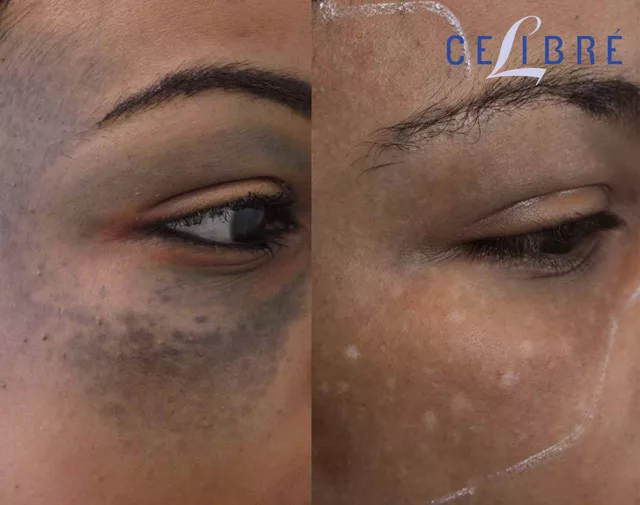
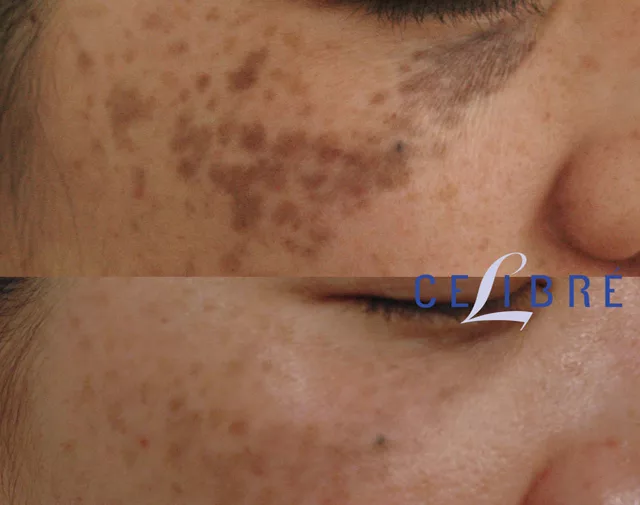
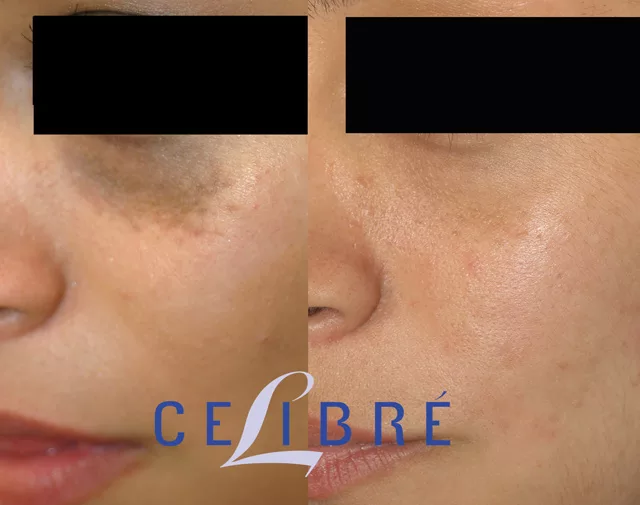
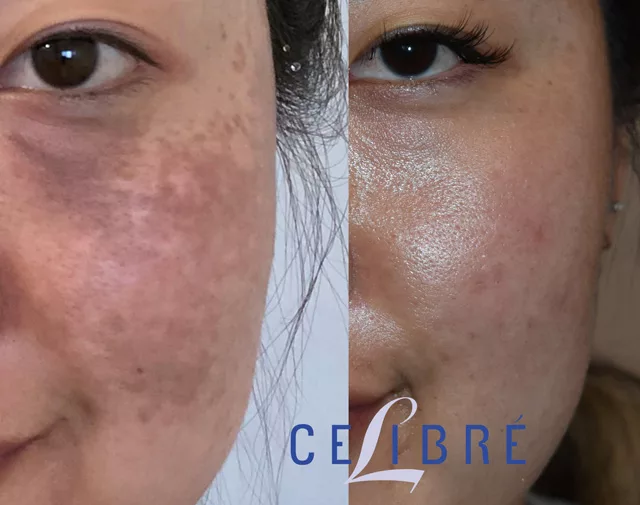
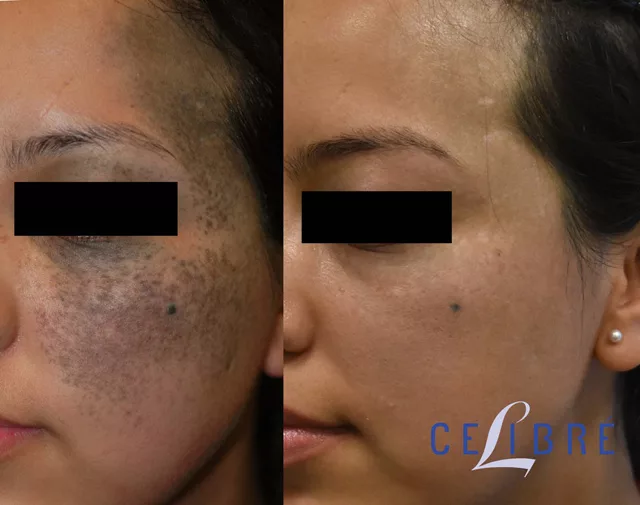
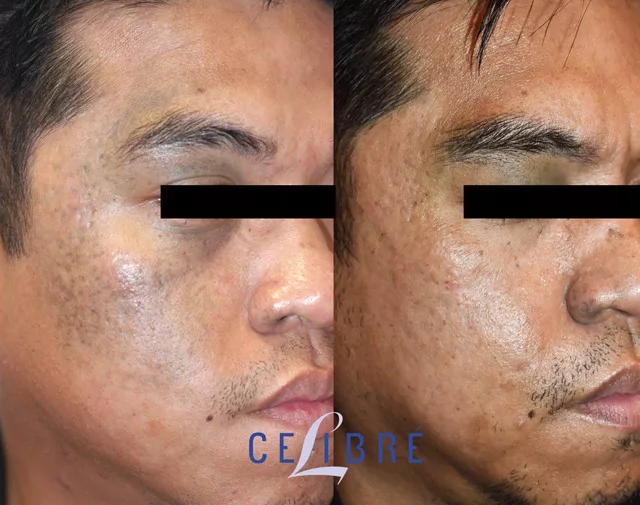
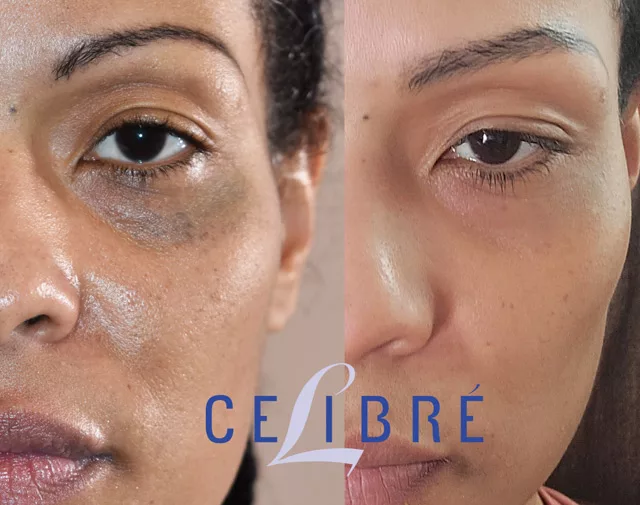
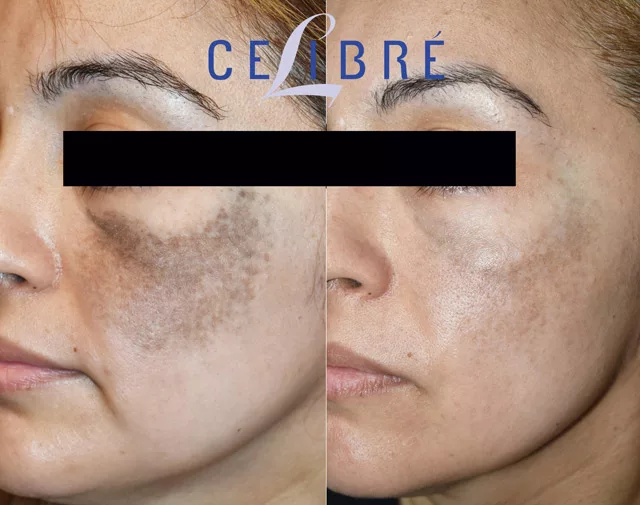
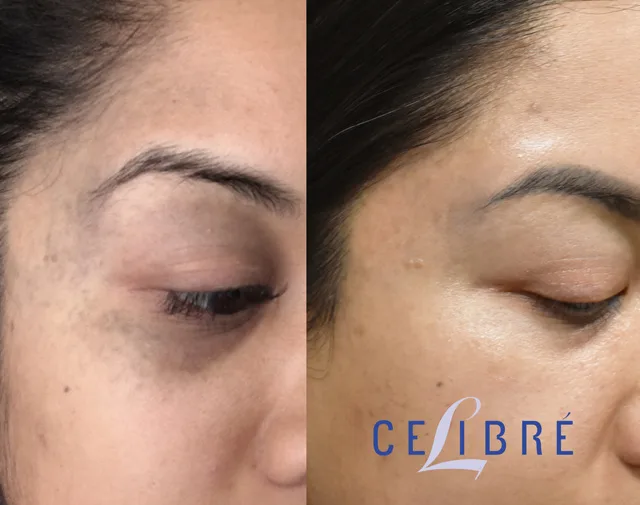
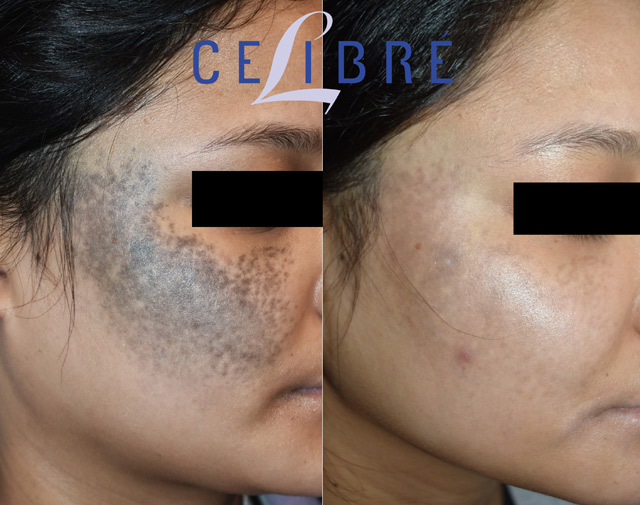

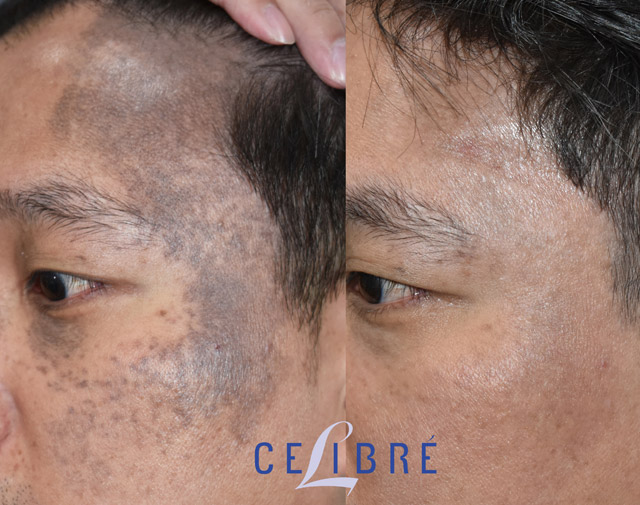
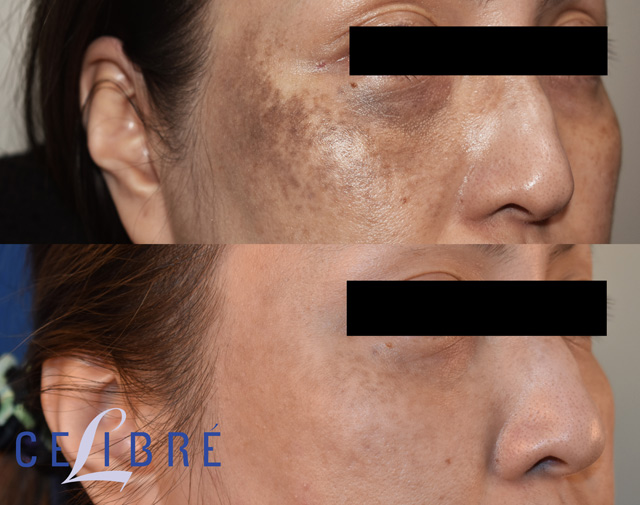
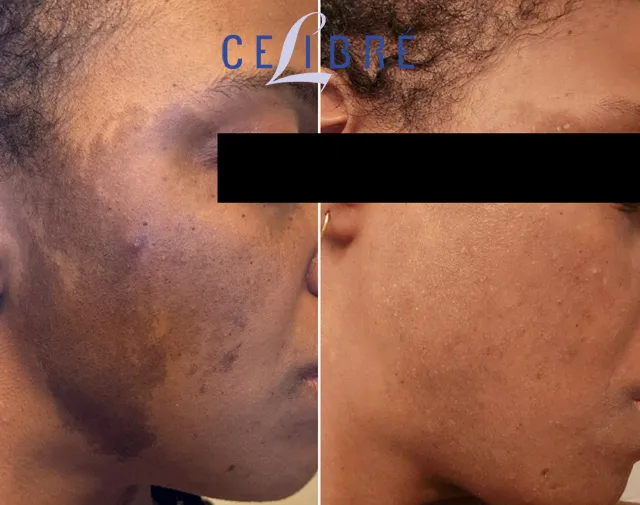
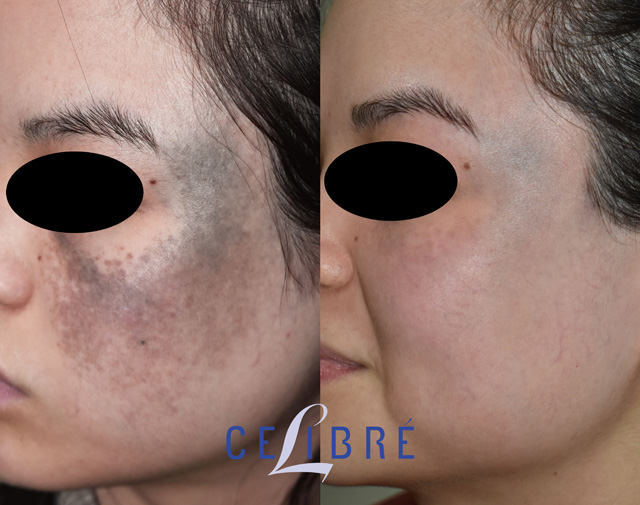















Nevus of Ota birthmarks are caused by the migration of melanocytes (pigmented cells) from the neural crest to the skin during embryonic development. The pigmented cells settle primarily in the region around the eye, including the eyelids and sometimes the forehead and cheeks. The birthmark typically presents as a bluish-gray or slate-colored patch of hyperpigmentation. Although benign, nevus of Ota can be psychologically distressing for some individuals, leading them to seek treatment options for its removal.
Laser treatment has revolutionized the field of dermatology and offers a safe and effective method for nevus of Ota birthmark removal for you. The procedure involves the use of specialized (q-switched) lasers that emit specific wavelengths of light to target and break down the excess melanin (pigment) in the affected areas.
Q-switched laser treatment of Nevus of Ota birthmarks is not a new process. The procedure has been refined over the last several decades and is a well-accepted method for the birthmark removal process. Be sure that when considering your provider that you ask for and get access to before and after photos of previous patients that have been successfully treated at the practice. At Celibre, we have been treating Nevus of Ota birthmarks successfully since the late 2000’s and you can see before and after photos of our laser birthmark removal patients above.
